Student Car Accidents Continue on Man o’ War
On Dec. 7, MSTC senior Edward Donson experienced a driving hazard all drivers fear: black ice. The result was a three car wreck. As of Jan. 10, the road conditions are still not any better. Why hasn’t the city addressed this hazard?
On Dec. 7 at 7:12 a.m., I was involved in a six-car, three-collision accident because of a stretch of untreated black ice on Man O’ War, less than two miles away from my high school.
I ate breakfast, packed my backpack, and then left my house at around 6:50 am. The morning was not exceptionally cold, and as I took my first left turn onto Man O’ War I estimated that I would be sitting in my zero-hour class by 7:15 am. However, a white Volkswagen suddenly took a wild U-turn across the median and crashed into the side of a beige Mercedes. Before I could process the first collision, two cars in front of me began swerving between both lanes, and as I slowed down my car…
…I crashed.
As I opened my eyes, I was met with the immediate smell of smoke and two deflated airbags draped over my dashboard. I quickly jumped out of my car to see something even more frightening: three separate collisions stretching almost a quarter of a mile across Man O’ War.
Thankfully, everyone survived; however, that does not make the ending to this story a happy one.
During the seconds in which I slid into the car in front of me, I was genuinely afraid for my life. I was forced to consider whether that morning would be the last time I’d talk to my parents, think about my friends, and see the world through living eyes.
After the accident, there were four vehicles–mine included–rendered completely immobile. These cars did not just belong to students, but also people with children and jobs. While we all sat there as the accident was processed, it was no more than 30 minutes later that the city’s salt trucks arrived to treat the expanse of black ice that covered the road.
This response was too little, too late.
I wasn’t driving above the speed limit. I kept a safe distance from the driver in front of me, and I maintained observation throughout my drive. I was safe, and yet I still got hurt. The notion that car crashes only involve unsafe drivers simply does not apply to this accident and instead shifts the blame away from the ineffective drainage and lack of treatment that caused the crash.
I later found out, according to a tow truck driver at Roberts Heavy Duty Towing, that the spot of my crash is notorious for crashes due to black ice.
Crashes were so common, in fact, that the driver said he could practically sit next to his radio and predict where the crashes would be each morning.
According to the Lexington 2021-2022 snow and ice control plan, Man O’ War is a Rank 1 road which means that in the event of an extreme snow or ice event it is given priority for plowing and salt treatment.
However, this rank becomes pointless if salt trucks are not sent out proactively to high-risk areas, or if they are not sent out due to a deemed lack of risk.
The plan puts a big emphasis on snow and ice emergencies; however, it should not have to be snowing or icy all over Lexington before the city decides to treat important roads.
It is also incredibly frustrating that the ability to find such information is limited to a two-page document with limited quantitative and qualitative information on treatment plans in both emergencies and milder cases.
Student drivers especially are cut off from obtaining any additional information regarding road treatment, as the contact hours for the Division of Streets and Roads are from 7:30 a.m.-4 p.m. only on school days.
Proactive measures, which could have prevented my car accident, need to be enforced in place of the reactive actions I saw on the day of the crash.
If we sacrifice the safety of students and morning commuters for slightly more efficiency or convenience, we are literally placing dollar values on human lives.
We need to expand the scope of road treatment and drainage repair to ensure that preventable car crashes, such as mine, don’t happen as frequently. It is clear where black ice-related crashes are frequent; however, we need to take proactive action earlier in the winter season to ensure that dangerous black ice patches don’t slip through the cracks of detection.
I was lucky.
If that crash had been more intense, students, mothers, and workers could have lost their lives. Better road treatment plans and drainage repairs for the current and future winter seasons are necessary so that accidents like mine don’t have to come down to just luck.
******************
Update Jan. 10
Driving to school on Jan. 10, the ice settling on that section of road is still an issue. Around 8:10 a.m., my friend, senior Gabriel Schmuck, said that he almost had an accident himself.
“It was absolutely covered in ice,” he said. “I have a small car and I slid on that nearly hitting the person in front of me.”
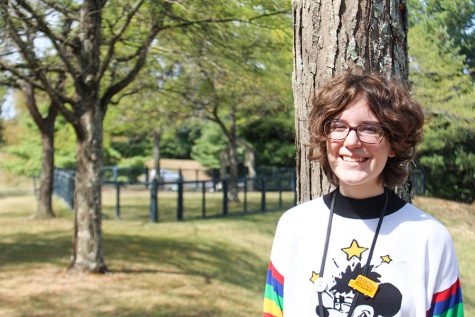
I'm Ella and I joined PLD Lamplighter as a freshman. This is my fourth year on staff. I have worked on editing and producing segments for WPLD, writing...

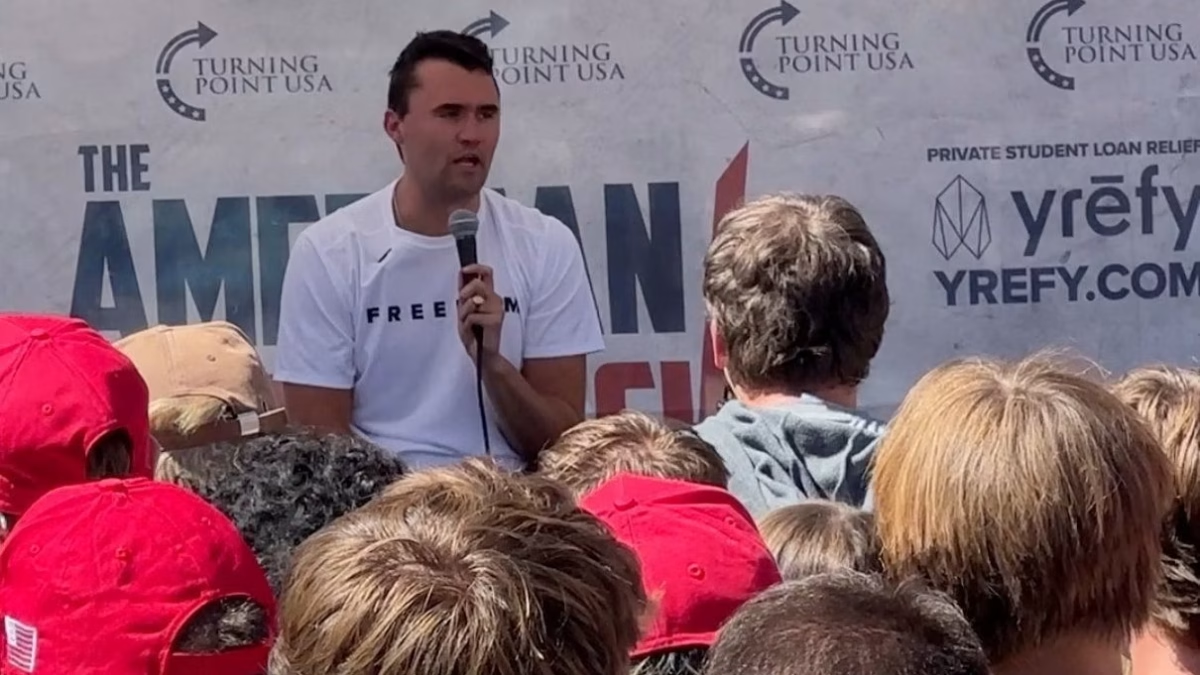

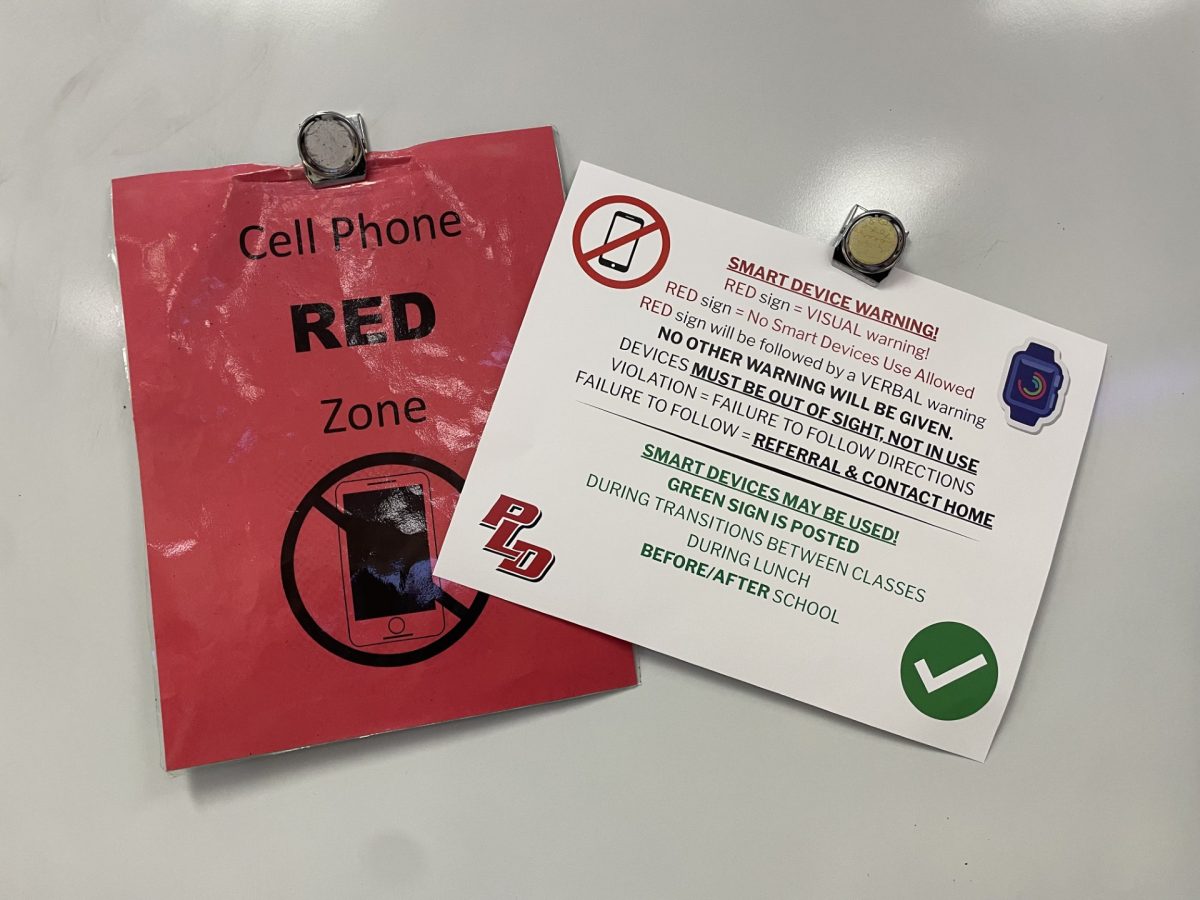
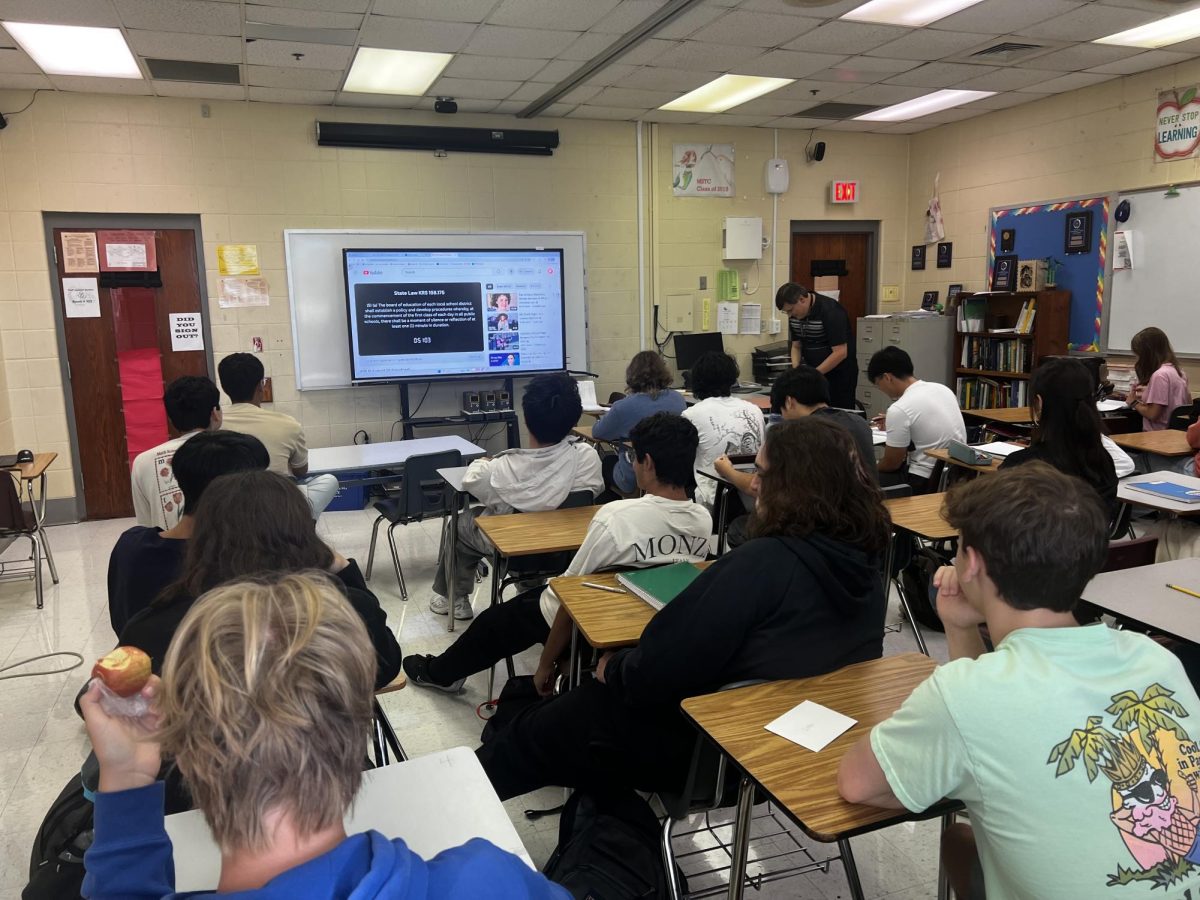


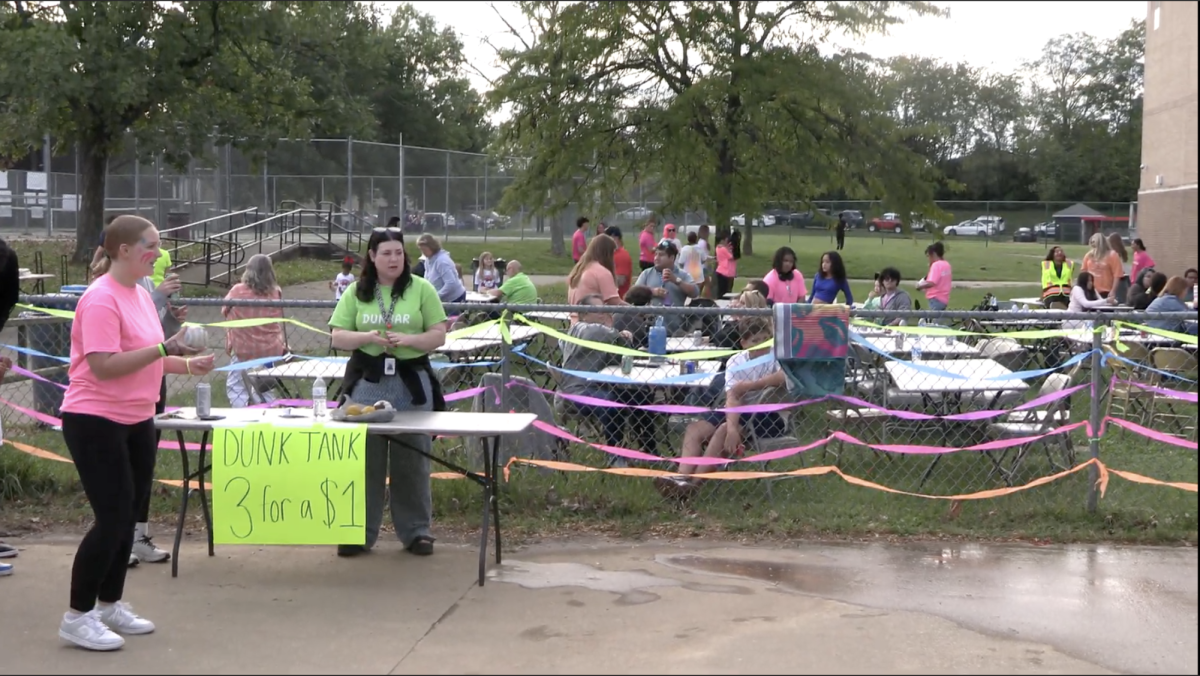
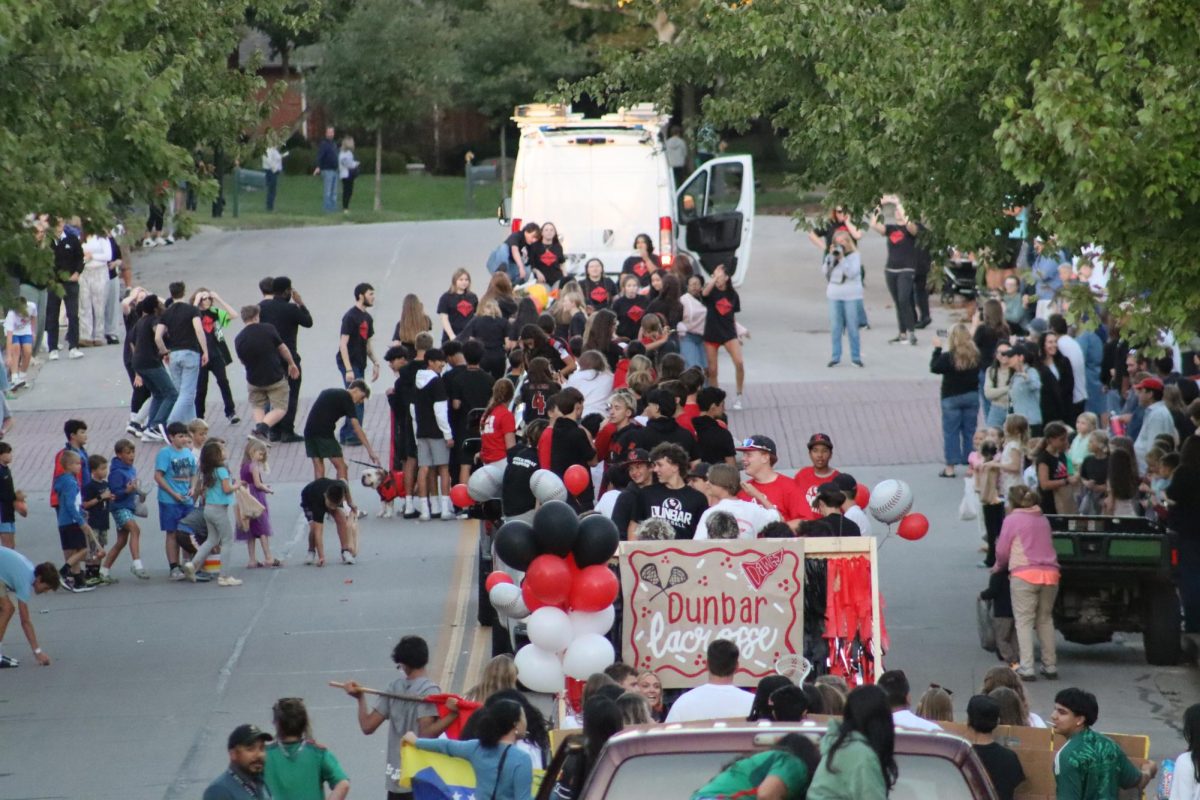



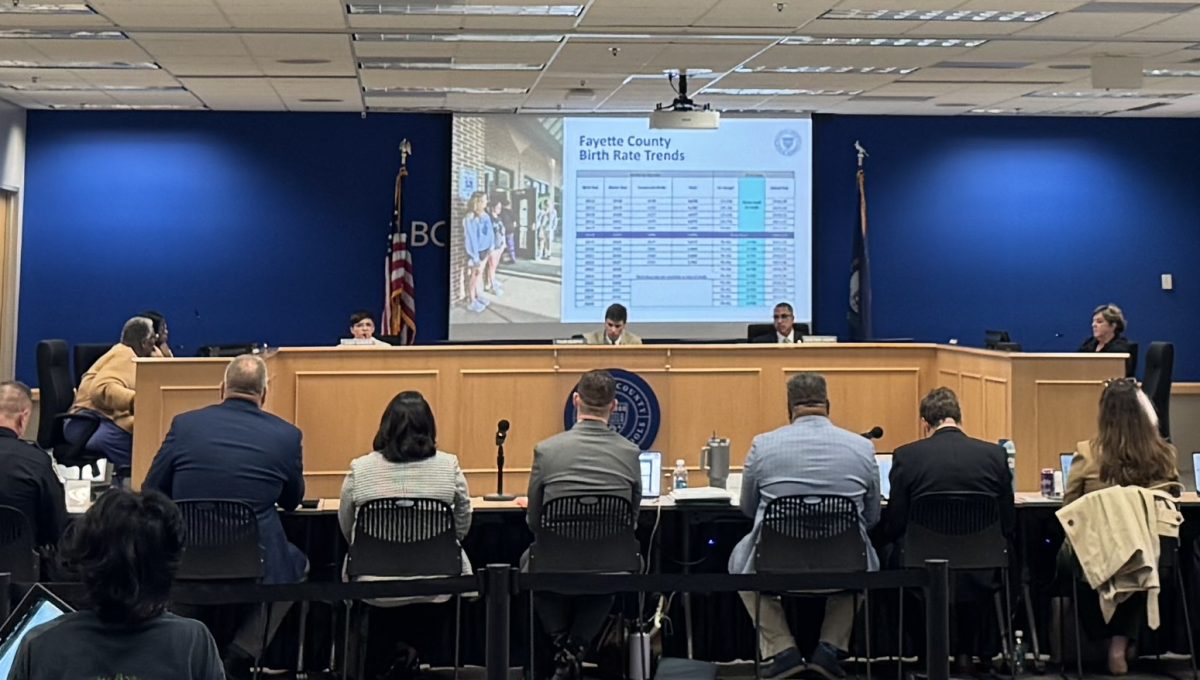



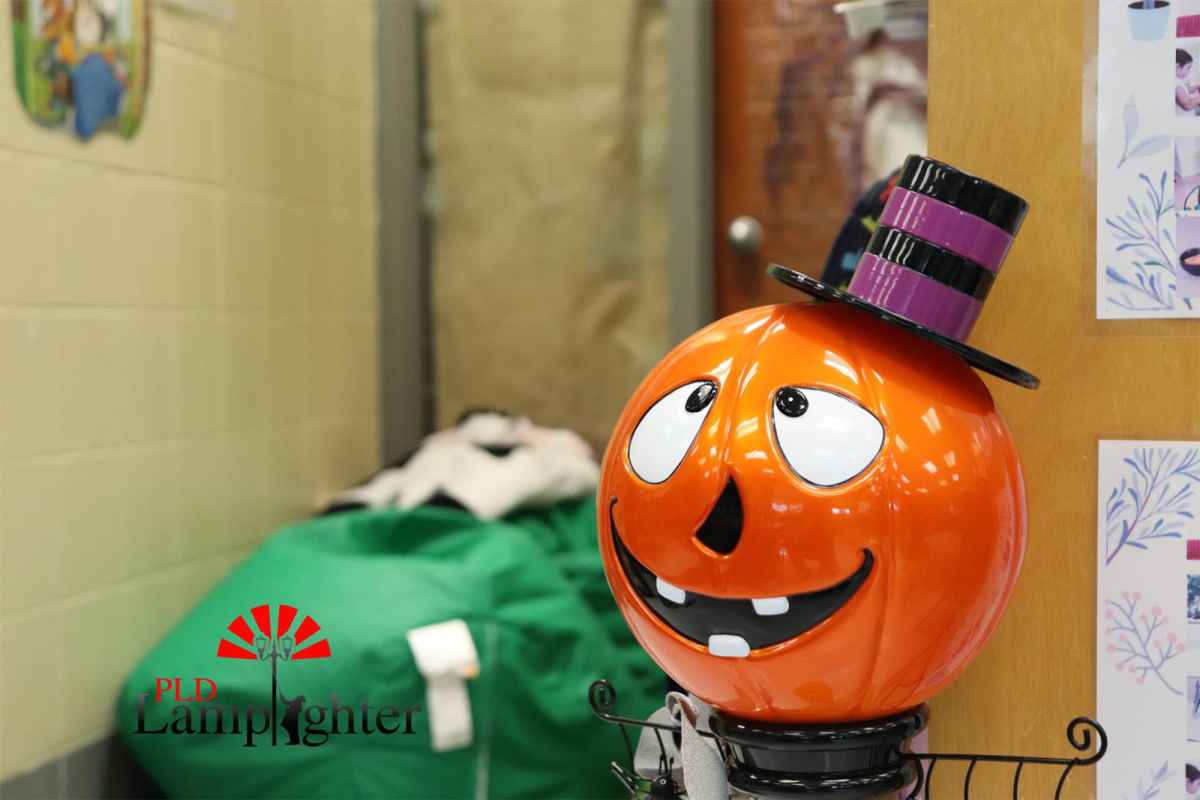

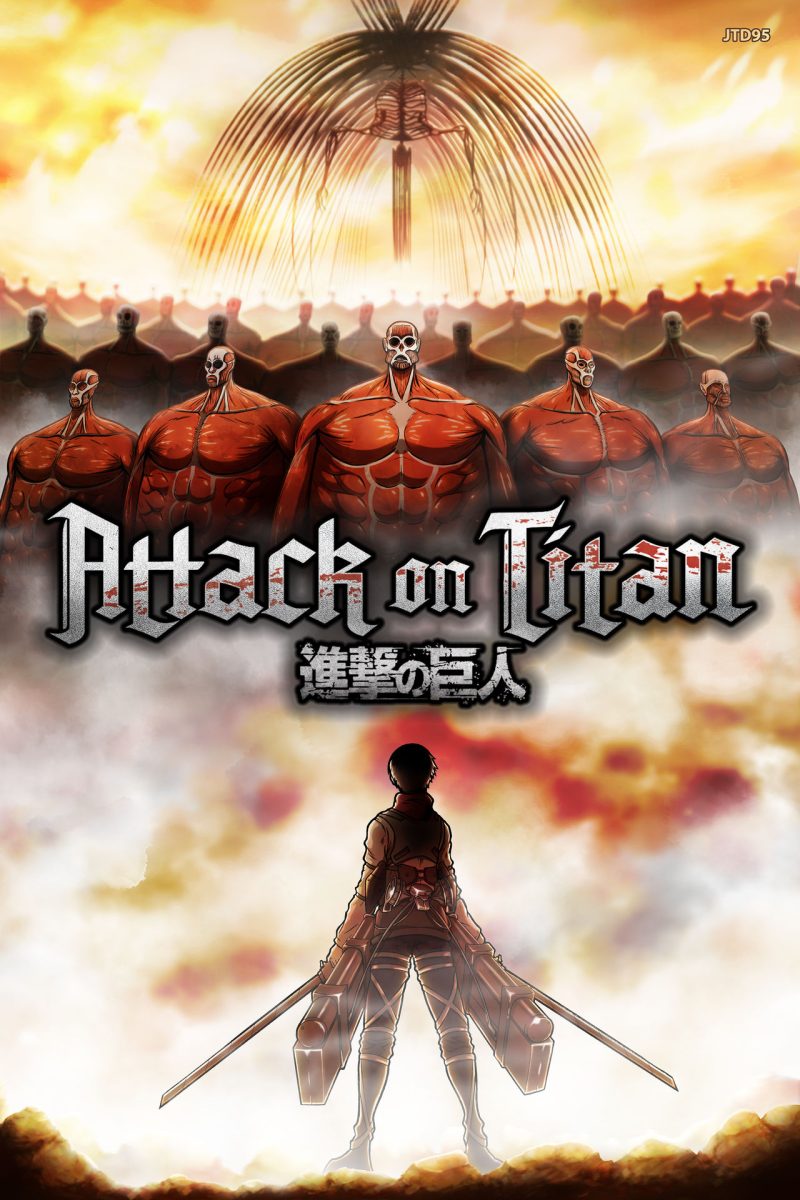





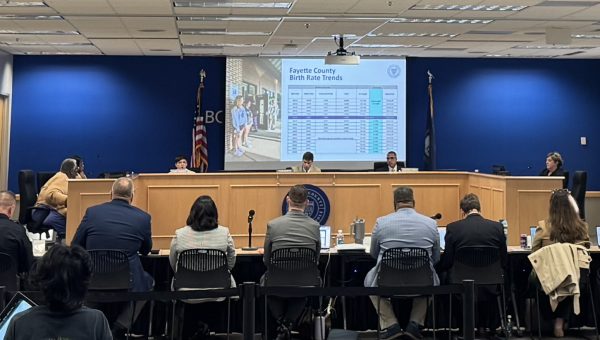



Michelle Williams • Jan 17, 2022 at 5:53 PM
That spot has been bad for years! I reported it on the pothole site myself but nothing has changed. I hoped when they paved they’d fix it but nope.